







| European Hare (Lepus europaeus (Pallas, 1778)) |








|
|
Scientific name: Lepus europaeus (Pallas, 1778) Common name: European Hare Other names: Brown Hare, Eastern Jackrabbit, Eastern Prairie Hare. French name: Lièvre brun Family: Leporidae Size: Body size: 50 to 70cm; Weight : 2.5 to 7 kg. Biotope: Cultivated fields, meadows, woodland edges, forests. Food: Herbivorous : Herbaceous plants, tree barks, buds and twigs. Longevity : Up to 12 years. Geographic area: Europe, Middle East, Central Asia. Introduced to the eastern part of North America, to the southern part of South America, to Australia and New Zeeland. |
The European Hare has a brown-russet fur which is more greyish during winter. It bears very long ears with a black tip. The very long hind legs enable it to run at a record speed of 70 km/h. It does not dig burrows but is used to crouching in "forms" located in small natural depressions. Males are used to fighting in spring at the mating season. Females can have three or four litters of two to five babies per year. The European Hare has crepuscular habits and is mainly active at sunrise and at nightfall. The hearing and the sense of smell are very good. The vision is rather bad. The Mountain Hare (Lepus timidus), also called White Hare, has a shorter body and shorter ears. It moults to a white fur in winter except the tip of the ears which remains black. The tail is always completely white while the upper size of the European Hare's tail is black. The Mountain Hare is found in northern countries and in the Alps. |
| [To know more about the European Hare] [Next picture] [Top] |
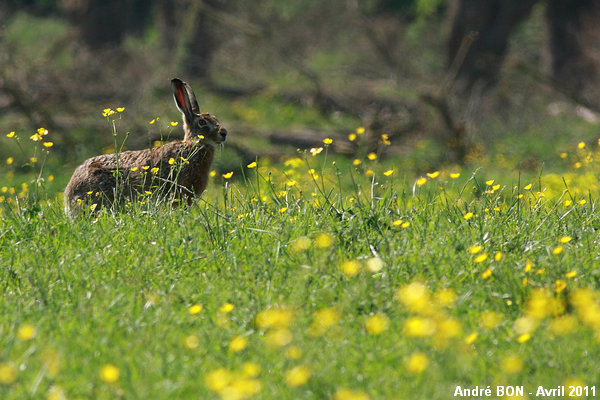
|
This European Hare, coming towards us, only stopped after detecting our smell. |
| [To know more about the European Hare] [Next picture] [Previous picture] [Top] |
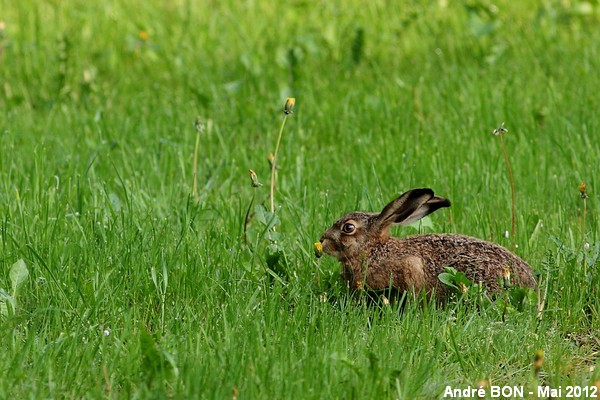
|
As the old farm is abandoned for many years, the yard is now covered by vegetation. It is now visited by the animals of the neighbourhood, including the European Hare. |
| [To know more about the European Hare] [Next picture] [Previous picture] [Top] |
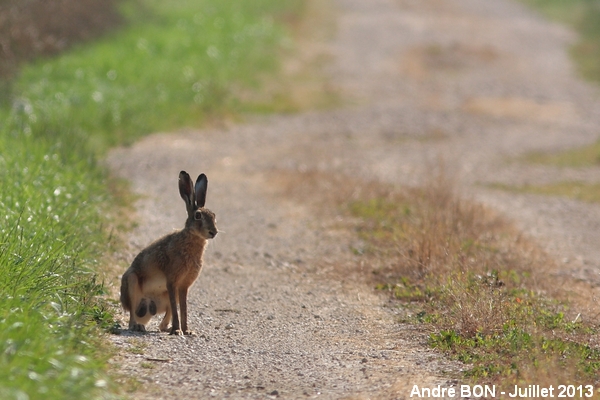
|
MISTER Hare. |
| [To know more about the European Hare] [Next picture] [Previous picture] [Top] |
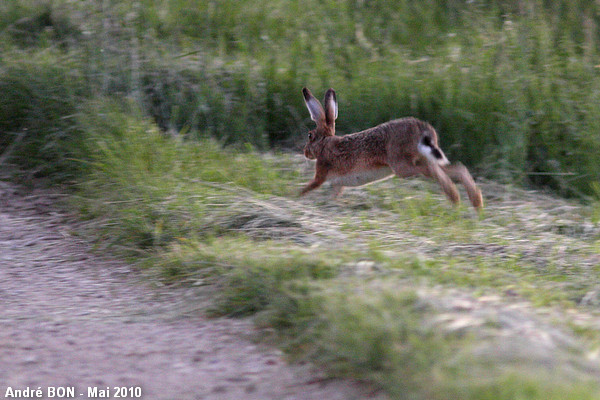
|
These European Hares have just gone out of their hide at nightfall. I had to set ISO settings to 1600 ASA. My camera does not perform very well in these conditions. Someone passing by has disturbed the hares which have then run in my direction. I have stayed perfectly immobile and I have been able to shoot a few pictures though the lack of light. |
| [To know more about the European Hare] [Next picture] [Previous picture] [Top] |
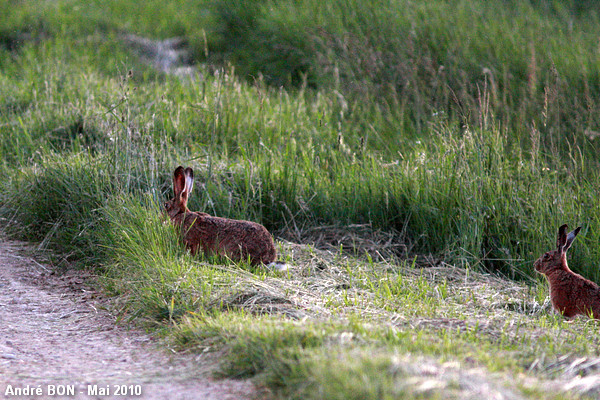
|
The European hare has not a good vision. It is very important to keep silent and to pay attention to the direction of the wind because of the smell when you want to approach. |
| [To know more about the European Hare] [Next picture] [Previous picture] [Top] |
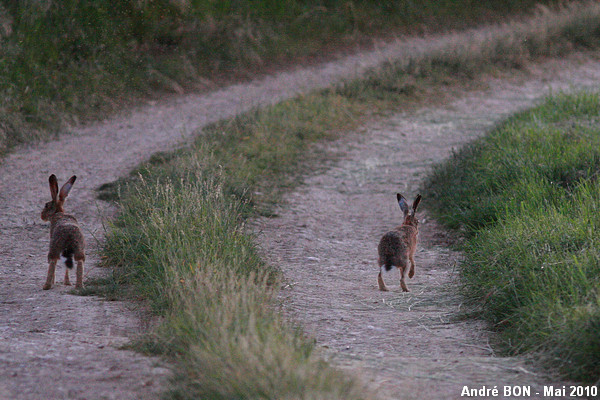
|
Just after having shot this picture, may be because of the noise of the shutter, these two hares have shown me how fast they can run. |
| [To know more about the European Hare] [Next picture] [Previous picture] [Top] |
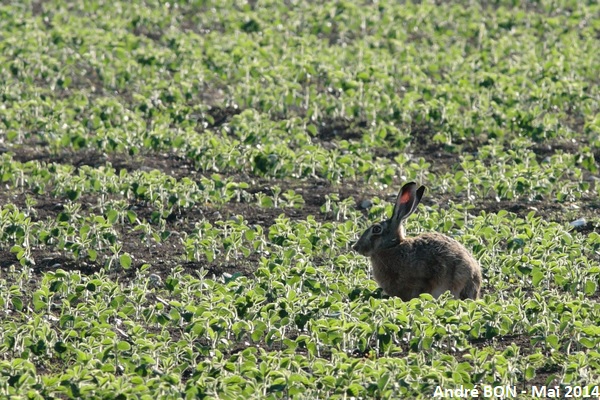
|
Fortunately, the crops will have grown well when the hunting season begins. |
| [To know more about the European Hare] [Previous picture] [Top] |
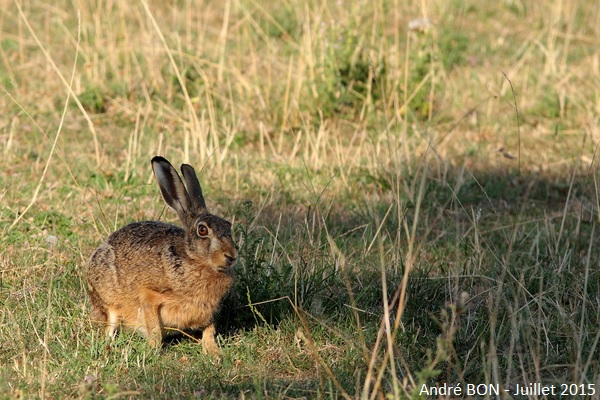
|
I have shot this picture from my car. This is an easier way to approach. |